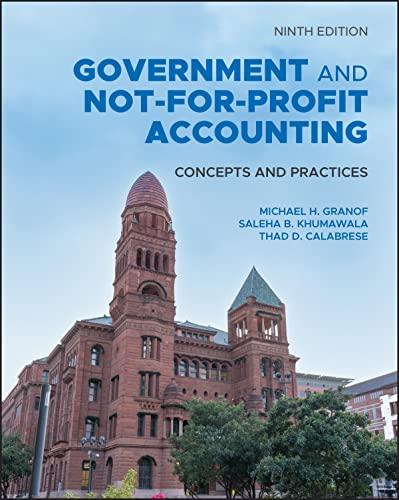

Suppose that inside a cell, an enzyme catalyzes the reaction A + B. The reaction follows the rate expression RVA = koCA Km +CA where k, and Km are constants. The Michaelis constant Km is the substrate concentration at which the reaction rate is half of its maximum possible value. Note that Ryi represents the net rate of formation of species i per unit volume inside the cell. As an idealized model, we will assume a spherical shape for the cell so that it has a radius of a. Assume that the cell maintains the concentration of the substrate A at its surface, so that it is held constant at a value of Co. From conservation of mass of the chemical species A, we know that in the absence of convection, the transport of A is governed by the diffusion equation OCA DAVCA + RVA at 1. Considering the symmetry of the problem, use an appropriate coordinate system to derive and simplify the ODE that governs the steady state distribution of CA in the cell (4 points) 2. State the appropriate boundary conditions for CA (4 points) 3. Non-dimensionalize the governing equation and boundary conditions such that you obtain two dimensionless groups, i.e. Da = ko a?/(DAC) and y = Km/Co (4 points) 4. In the case that the rate of diffusion is much larger than the rate of reaction, we will approach the limit of = Da 1. Use a perturbation scheme to determine the steady concentration profile for A. First, find the equations for evaluating the first three terms (8,4, ?) in the series for the concentration. Then, solve the equations only for the first two terms (0, 1) (12 points) 5. What is the dimensional) flux of A at the surface of the cell? (2 points) Suppose that inside a cell, an enzyme catalyzes the reaction A + B. The reaction follows the rate expression RVA = koCA Km +CA where k, and Km are constants. The Michaelis constant Km is the substrate concentration at which the reaction rate is half of its maximum possible value. Note that Ryi represents the net rate of formation of species i per unit volume inside the cell. As an idealized model, we will assume a spherical shape for the cell so that it has a radius of a. Assume that the cell maintains the concentration of the substrate A at its surface, so that it is held constant at a value of Co. From conservation of mass of the chemical species A, we know that in the absence of convection, the transport of A is governed by the diffusion equation OCA DAVCA + RVA at 1. Considering the symmetry of the problem, use an appropriate coordinate system to derive and simplify the ODE that governs the steady state distribution of CA in the cell (4 points) 2. State the appropriate boundary conditions for CA (4 points) 3. Non-dimensionalize the governing equation and boundary conditions such that you obtain two dimensionless groups, i.e. Da = ko a?/(DAC) and y = Km/Co (4 points) 4. In the case that the rate of diffusion is much larger than the rate of reaction, we will approach the limit of = Da 1. Use a perturbation scheme to determine the steady concentration profile for A. First, find the equations for evaluating the first three terms (8,4, ?) in the series for the concentration. Then, solve the equations only for the first two terms (0, 1) (12 points) 5. What is the dimensional) flux of A at the surface of the cell? (2 points)








